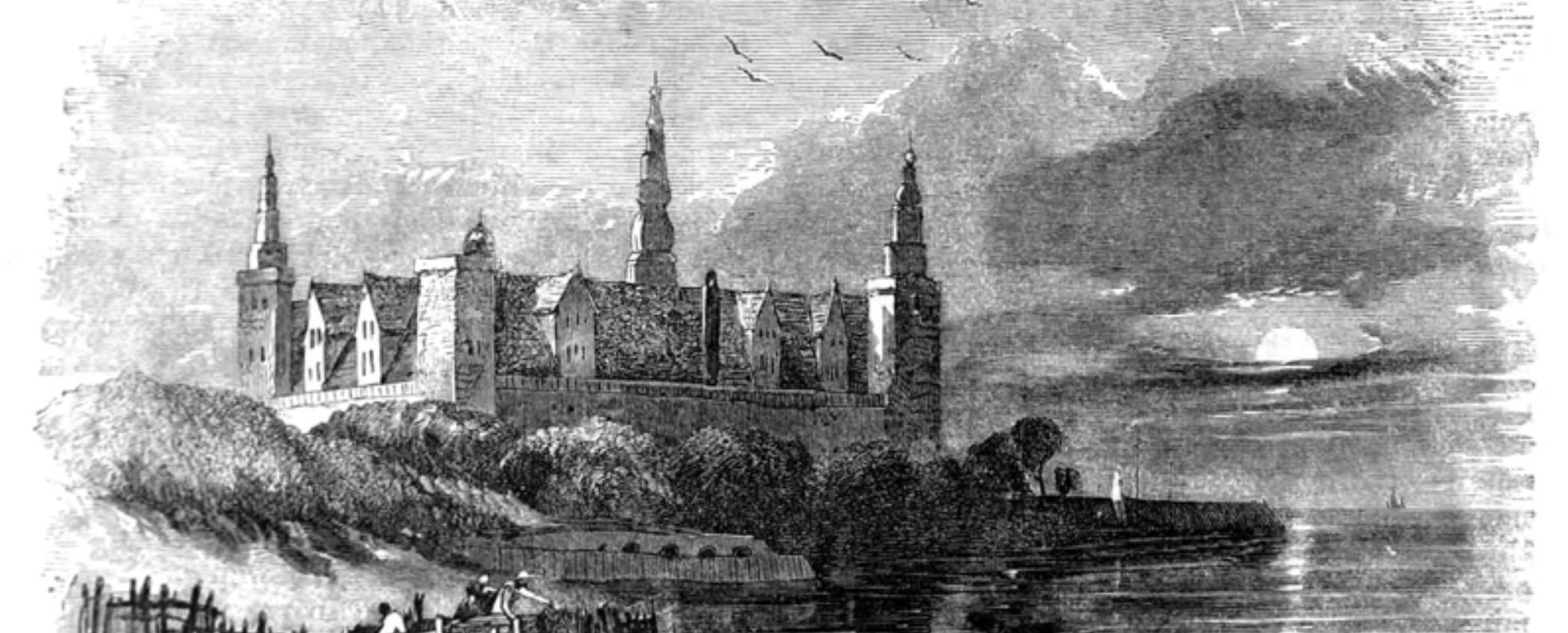A Fortress Full of Stories
Danish writer Anja Klemp Vilgaard works near a castle built by a pirate king – and finds a hidden piece of history around every corner.
Our Hidden History series is all about celebrating the unsung humans of history – sometimes going waaaaay back – as in the case of King Erik VII, the 15th-century Danish “King Who Became a Pirate.” King Erik built Kronborg Castle – the towering fortress later featured in Shakespeare’s Hamlet. It’s also the place where the author of our piece, Anja Klemp Vilgaard, works close to today. Anja is also the author of the just-published Kronborg: Stories Untold, a book about the many hidden histories of the fortress.
Keep reading with a 7-day free trial
Subscribe to Narratively to keep reading this post and get 7 days of free access to the full post archives.




